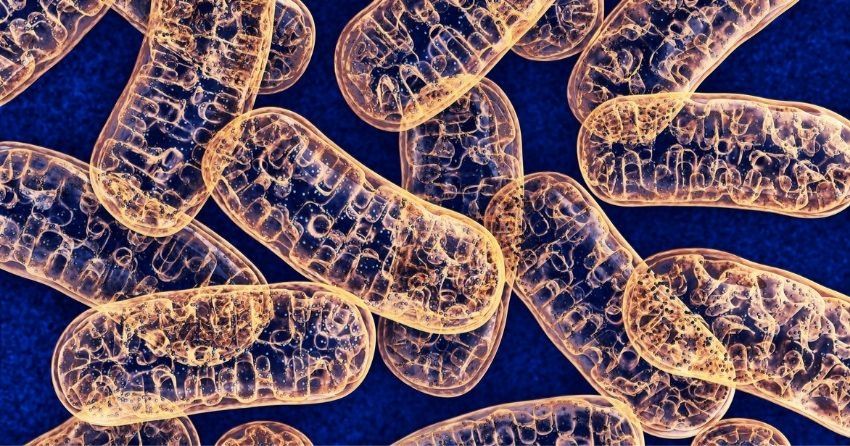Immune-Signaling Cytokine Molecule Promotes Energy- and Fat-Burning in Mitochondria

-
The cytokine interleukin-25 supports the production of energy-burning "beige fat" — a precursor to brown fat.
-
Beige and brown fat get their color from high amounts of mitochondria, which burn high-energy molecules (fat, sugar) with oxygen to release energy
-
These results could help form methods to support weight and metabolic health.
-
Administering IL-25 to mice on a high-fat diet prevented them from becoming obese and improved their ability to maintain their responsiveness to hormones needed to regulate blood sugar.
This article was posted on ScienceDaily.com:
An immune signal promotes the production of energy-burning 'beige fat,' according to a new study. The finding may lead to new ways to reduce obesity and support metabolic health.
An immune signal promotes the production of energy-burning "beige fat," according to a new study publishing Aug. 5 in the open-access journal PLOS Biology by Zhonghan Yang of Sun Yat-Sen University, Guangzhou, China, and colleagues. The finding may lead to new ways to reduce obesity and treat metabolic disorders.
The beige color in beige fat comes from its high concentration of mitochondria, the cell's powerhouses. Mitochondria burn high-energy molecules like fats and sugars with oxygen, releasing energy. Normally, that energy is stored as ATP, the energy currency that the cell uses for almost all its activities. But in beige fat, mitochondria accumulate a protein called "uncoupling protein-1" that limits ATP production, generating heat instead.
Babies are born with "brown fat," a similar tissue concentrated in the shoulder region, which helps them stay warm, but brown fat is gradually lost with age. Not so beige fat, which is more widely distributed and which can be generated throughout life in response to both cold and neuronal or hormonal stimulation.
Recent work, including by the authors of the new study, has revealed that cytokines -- immune system signaling molecules -- play a role in regulation of beige fat. To explore that regulation further, the authors manipulated levels of the cytokine interleukin-25, and showed that an increase in the cytokine could mimic the effects of both cold and stimulation of a hormone receptor in increasing the production of beige fat in mice. They traced the signaling chain further, showing that IL-25 exerted its effects through two other cytokines, which in turn regulated immune cells called macrophages. Those cells acted on neurons that terminate in the beige fat tissue, promoting an increase in production of the neurotransmitter norepinephrine, which was already known to promote beige fat production. Thus, the authors' work revealed the sequence of regulatory signals that begins with IL-25 and ends with release of norepinephrine and an increase in beige fat.
Finally, the authors showed that administering IL-25 to mice that were eating a high-fat diet prevented them from becoming obese and improved their ability to maintain their responsiveness to hormones needed to regulate blood sugar, which is impaired in chronic obesity.
"Our results show that interleukin-25 plays a key role in production of beige fat," Yang said, "and point toward increasing interleukin-25 signaling as a potential treatment for obesity."
This study was published in PLOS Biology in August 2021.





